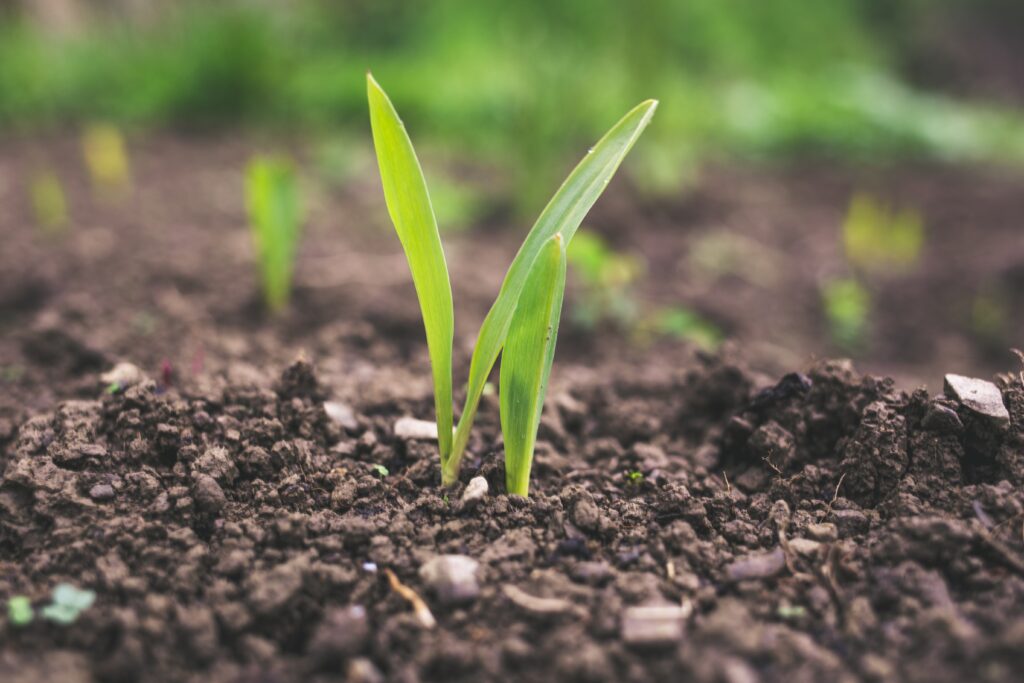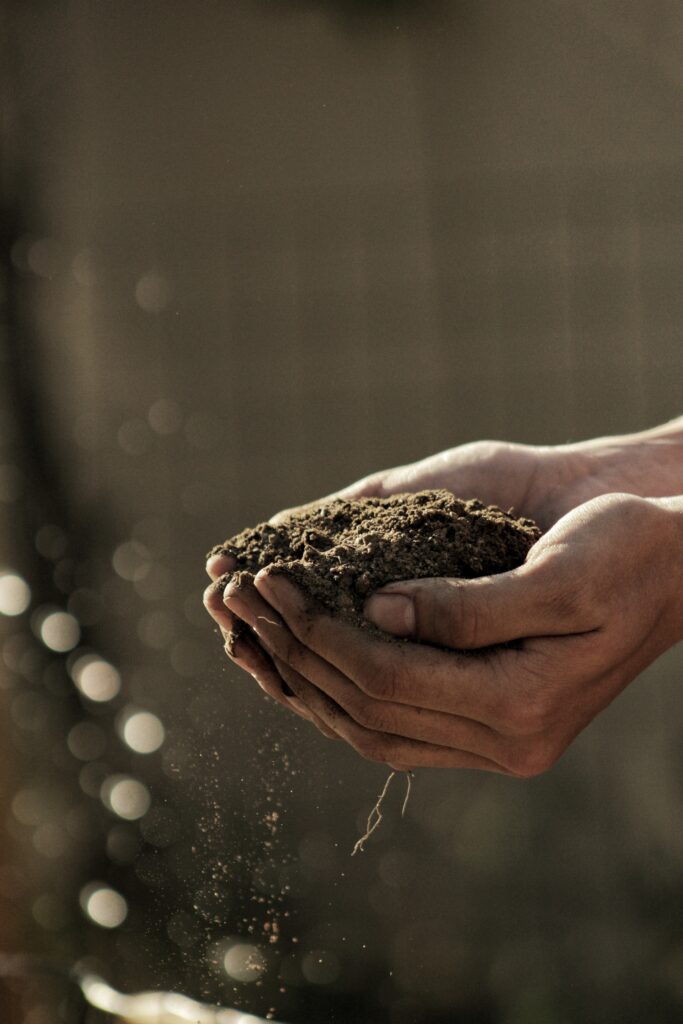



Greetings, esteemed individuals! Could we interest you in broadening your knowledge about soil or perhaps humbly testifying your existing comprehension thereof? If either of these piques your curiosity, we cordially extend to you an invitation to the soil examination. Surmount all inquiries administered within this evaluation and discover the marvelously impressive score accumulating thereof.
Soil is a prevalent yet remarkably vital resource for our planet. It serves as the cornerstone of the natural habitat and actively contributes to nurturing both flora and fauna. However, it often goes unnoticed and unappreciated despite its significant contribution. Therefore, let’s delve into the intriguing universe of soil by exploring its distinct features and indispensable functions in this blog article.
Hello guys! We invite you to take our season quizzes! What Season Am I? Have you ever wondered? What season fits your personality? We can help you to find out!
The amalgamation of two distinct elements – organic and inorganic components – found on the Earth’s surface, is known as soil. This result emerges from a perplexing web of interactions between several factors such as the initial materials like rocks and minerals, weather conditions, living organisms, and time itself. In addition to fostering microbial lifeforms, soil offers an excellent medium for plant growth whilst retaining water with immaculate ease.

The chromaticity, texture, and composition of the soil tend to be highly contingent upon its geographical siting, climatological factors, or environmental surroundings. While taking into consideration the base components that make up soil; minerals, organic substances, water molecules, air bodies, and living organisms – it can be inferred that their proportions hold sway over the consistency as well as the fruitfulness of any patch of land.
The soil sample’s texture will depend on what it contains. Silt falls in the size spectrum between sand and clay, with the latter being the smallest. The water retention capacity, availability of nutrients, and degree of aeration that soil can attain are all influenced by its unique texture configuration.
Would you like to get a plant? Which House Plant Should I Get? We can help you to answer this question! Take this quiz to get your result!
The soil is composed of an amalgam of deceased flora and fauna, waste discharged by microorganisms, along with other biological entities. This collection of organic materials not only enriches the soil’s composition but also augments its cohesive structure while enhancing its water retention capacity. Furthermore, this very same biomatter serves as a nutrient-rich source for the growth and proliferation of plants.
We’ve got some Earth quizzes for you! Where On Earth Should I Live? What do you think? Maybe you would like to check your knowledge about Coldest places on earth? Try our quizzes!
Water and air constitute integral facets of soil composition. Water serves as a critical prerequisite for plant advancement and microbe proliferation, while air provides the indispensable underpinning for root survival respiration processes and the endurance of subterranean organisms dwelling in soil habitat.
Soil can be home to a diverse group of living organisms, ranging from earthworms and insects to protozoa, nematodes, fungi, bacteria, and more. These entities play pivotal roles in shaping the structure of the soil as well as controlling the breakdown of organic matter within it. Furthermore, soil nutrient cycling is also heavily influenced by these microscopic beings.
The quintessential role of soil cannot be overstated in enabling the sustenance of life on our planet. It is pivotal in fulfilling numerous crucial functions that are essential for the survival and growth of various life forms. Herein, we present an elucidation of some of the persuasive roles performed by soil:
Would you like to find out What Elements Am I? Or maybe Which element are you in Chinese WuXing? If so, check out these quizess!
The value of soil, an oft-forgotten but immensely vital resource necessary for sustaining life on our planet, cannot be overstated. Its indispensable role in coordinating plant growth, regulating water levels and nutrient cycling, serving as a habitat, and supporting carbon sequestration among other benefits truly exemplifies its importance.
The maintenance of optimum soil health is not only crucial for sustainable agriculture and facilitating biodiversity but also sends ripple effects across the ecological strata – it shapes the vitality of our precious planet. It behooves us to take extensive measures in safeguarding and conserving this essential element so that we are able to secure our own sustenance while allowing future generations to continue thriving harmoniously with nature.
One crucial instrument in maintaining optimal soil well-being and optimizing agricultural output is soil testing. Such tests are instrumental in gauging a soil’s nutrient standard as well as its pH levels – two parameters that meaningfully influence farmers’ and gardeners’ decision-making regarding crop selection, fertilization, and overall amending methods.

The customary practice of soil assessment comprises the gathering of a specimen from the desired spot and forwarding it to a laboratory for further testing. The complex report obtainable from the research covers an extensive evaluation of several indicators ranging from its pH level, nutrient composition as well as soil texture. Pinpointing the fertility, the prospective deficit in nutrients, and required amendments is feasible by utilizing such data.
Would you like to answer the question: Am I Dehydrated? If so, click the link to take this quiz and get your results!
Soil testing is a vital component in the cultivation of crops, and it needs to be done multiple times during the year depending on the crop’s specific requirements. Before planting, soil testing can come in handy for determining nutrient needs and figuring out how much fertilizer should be applied. On the other hand, performing tests after harvest can serve as a means of identifying soil nutrient levels, allowing for amendments to be made if necessary before the next planting season.
Apart from its influence on farm practices, soil testing can also act as a means of identifying prospective ecological issues. Soil pollution can emerge from different sources such as toxic waste, synthetic chemicals, and toxic substances among others. Performing soil tests can reveal the presence and intensity of contaminants, empowering those concerned to adopt appropriate procedures in addressing them effectively.
To sum up, the significance of soil testing in terms of maintaining soil health and promoting sustainable agricultural methods is undeniable. Through its ability to detect nutrient deficiencies and environmental hazards, it facilitates informed decisions concerning soil amendments. A forward-thinking strategy toward managing soil allows us to guarantee a fertile and fruitful ground for future generations.
Would you like to find out more about soil test? We’ve got an article for you! Just click the link to read more! If you want to read even more, here’s the second one: soil test – what you need to know?
How well-versed are you in the properties of soil? Do you understand the nuances of soil testing? Utilize our top-notch soil evaluation to assess your aptitude! Simply furnish us with your responses on a questionnaire and we will furnish you with an extensive summary.